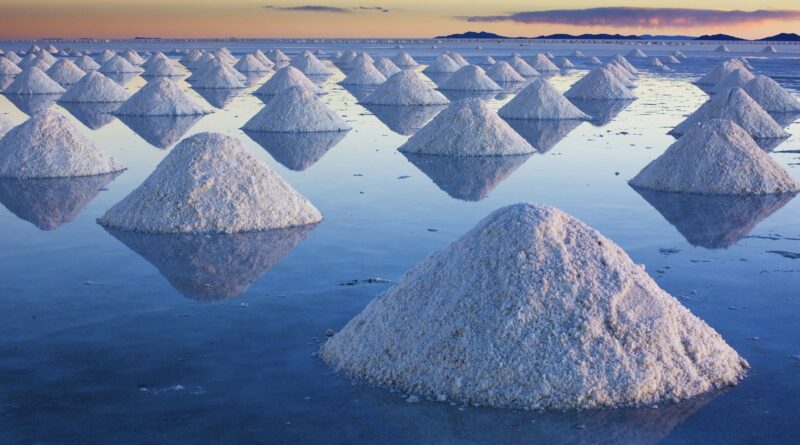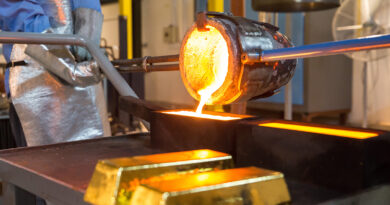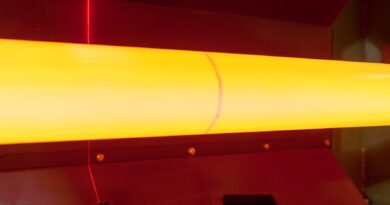Environmental costs of mining lithium
The Atacama desert of northern Chile is one of the driest places on Earth, but extracting the mineral from salt flats 10 times the size of New York’s Central Park and processing it requires a lot of water. According to BloombergNEF, it can take about 70,000 liters of water to make one ton of lithium. Mining spodumene is energy intensive and together with shipping the concentrate to China for refining can emit 3.5 times more carbon dioxide than lithium extracted from brine, according to Wood Mackenzie.
“There’s a lot of dirty things happening in producing these materials,” said Steven Vassiloudis, chief executive officer of Novalith, which is working on a system that would streamline processing of spodumene and absorb carbon. “Hard-rock lithium has such a high carbon footprint because of the energy requirement” and the many steps needed in conventional processing.
Automakers are wading in to protect the “green” image of their electric cars. BMW and a group backed by German automobile giants including Daimler AG and Volkswagen AG and have begun separate investigations into water use and production methods in the South American salt flats.
Companies are pursuing new technologies to lower expenses, cut water use and green their operations. Charlotte, North Carolina-based Albemarle Corp., the world’s biggest lithium producer, is seeking responsible mining certification for its operations in Chile and said it will reduce the intensity of freshwater use by 25% by 2030 in areas of high water risk.
“Producing lithium to use as little electricity and water is a critical goal,” said Ken Hoffman, senior expert at McKinsey & Co. “Coming up with one or several of these novel ways to produce ‘green lithium’ will be vital to the long term success of this industry. Whomever is able to deliver this technology, they should see very strong returns.”
That prize has spawned a raft of startups. Many are pursuing direct lithium extraction, a term used to describe ways to chemically capture lithium compounds that would speed up production.
“DLE can massively increase supply,” said Hoffman at McKinsey who estimates the technology could come online as soon as late next year. “You don’t need two years of drying lithium out from brine. And instead of getting about 40% of lithium out of the brine, you can get more than double the amount.”




